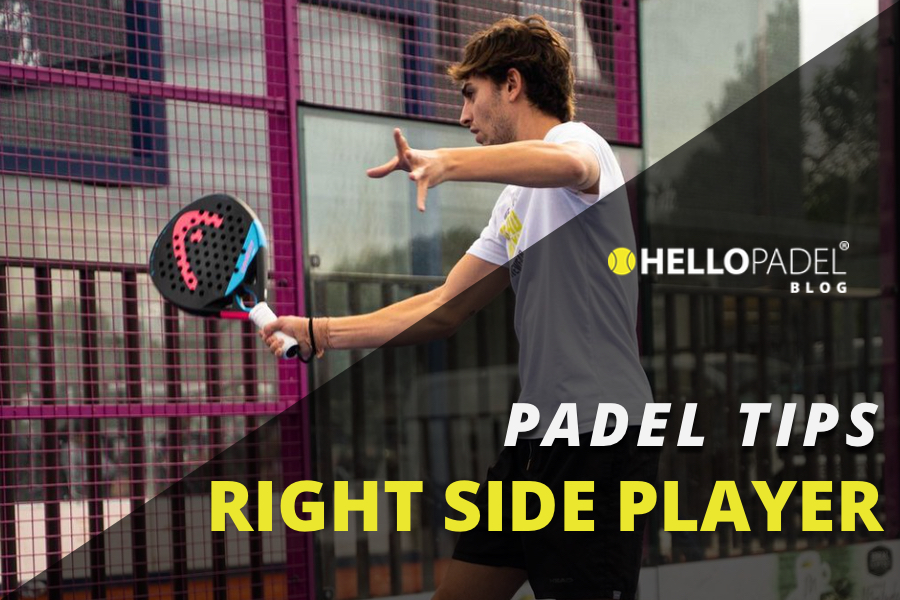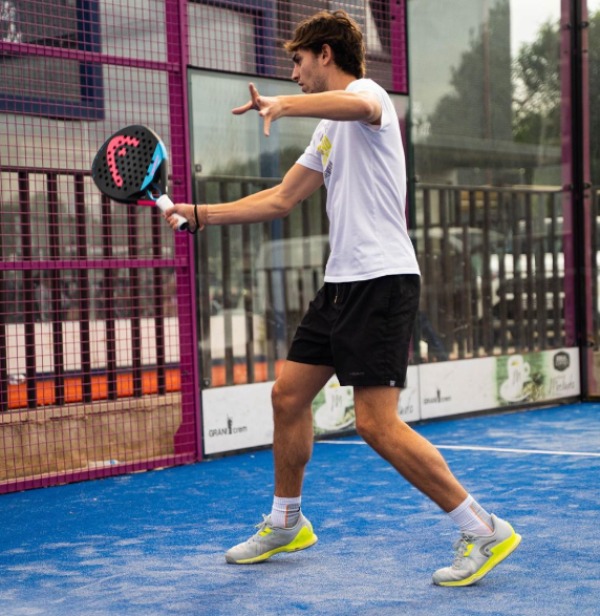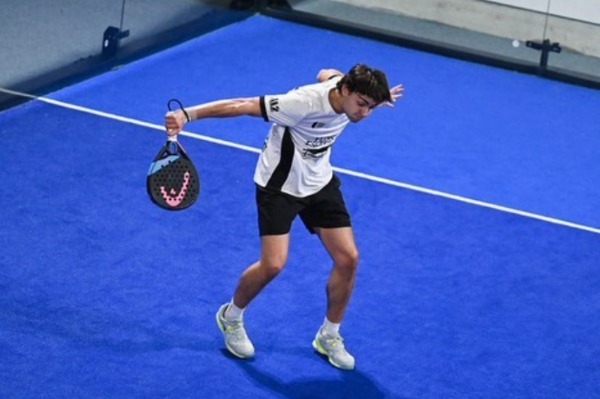INTRODUCTION
Padel is a sport played in pairs. This means, logically, that one player has to play on the right side of the court and the other on the left side.
The ideal side we should play on will depend on several factors, such as our technical skills, our style of play, our partner, our physical shape…
In this article we are going to talk about the right-handed player who plays on the right side of the court, however, everything discussed here would also apply to a left-handed player who plays on the left side of the court.
THE PLAYER ON THE RIGHT IS DEFENSIVE, MYTH OR TRUTH?
Perhaps we often hear and read that the player on the right is a defensive player. This is not true at all. To be a good player on the right side of the court, you have to have a series of qualities and skills that do not define you as a defensive player at all. Moreover, we should not associate only the offensive game with the power play. The offensive game encompasses much more than just power shots.
What is true is that the player who plays on the forehand side, due to his position on the court, will receive fewer balls with which he can finish a point and, on top of that, when they do come to him, it will be more difficult to end them.
As we will see below, both the kick smash and the bandejas are conditioned by the player’s position on the court.
Kick smash
When this player receives a lob to be able to knock over the wall, when he is on his side, he will only see half of the area of the opponent playing on the left side. For this reason, to knock the ball out X3 with a cross-court shot from the right is very complicated. And at the same time, knocking the ball out X3 with a parallel shot is not an easy task either.
Thus, the player on the right not only has fewer opportunities during a match to hit out, but also fewer options of where to hit successfully. Therefore, it is more difficult to win a smash point from the right side.
In addition, from the left side of the court, it is easier to smash or finish off , as the ball will almost always come to our right side, so we can walk or run forward towards the ball without difficulty.
Bandeja
And in the case of the bandeja, the handicap the right side player has is that, in order to do it properly, they will have to move towards the centre of the court so that the ball is on their right side, which means that they will be leaving a lot of open space in their parallel. Alternatively, they could perform a “hook-bandeja”, a shot from behind their head that resembles a basketball hook, but this is a shot that you must do very carefully because if you do not execute it well, the rebound would be very high and would put us in a compromising situation. Or you could also return the ball backhand, although this is not ideal either as it is a high ball and very tough to play well.
So, it is probably because of this, that the right side player does not stand out for their power shots, that many people have labelled the forehand player as a defensive player, when in reality he is not or does not have to be.
Therefore, it would be more accurate to say that, most of the time, the player on the right side of the court is the one who usually works and prepares the point and the player on the left side finishes it.
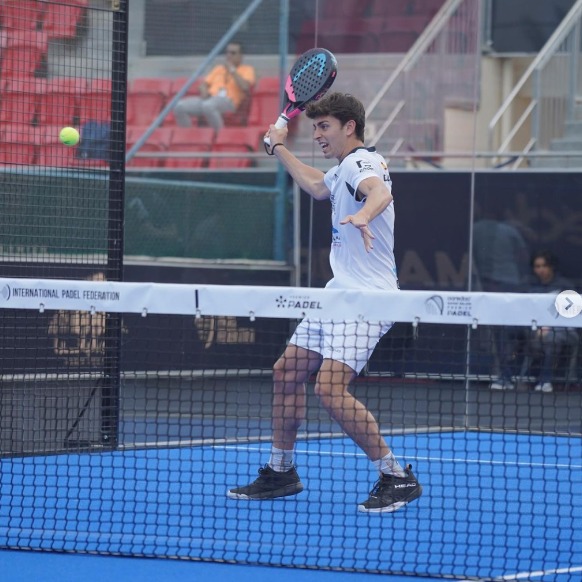

QUALITIES THAT A GOOD RIGHT-SIDED PLAYER SHOULD HAVE
To have a very good bandeja.
As we have already mentioned in the previous point, the forehand player is going to find very few easy and ideal balls to finish the point with a smash, so he/she will need to use a lot of the bandeja.
The forehand player should have the ability to send or keep the opponents at the back of the court and avoid losing the net and, above all, the bandeja should come out with little bounce and height so that the opponents cannot play an offensive counter-attack.
It should be a very safe and solid bandeja, with which you have full confidence, and also know how to play it combining speed, spin and direction.
Have a good volley, especially a backhand volley.
With the volleys, you will be able to work and prepare the point until the opponents leave a free ball and your partner can enter to win the point.
It is important that he has very good precision and control over them, and knows how to combine short volleys to the sides with deep and low volleys.
It is essential that you have a very good backhand volley, as most of the balls in a match go down the middle of the court.
The lob is also a shot that should be mastered to perfection.
Know how to anticipate the play and have a good tactical vision.
Knowing how to execute these two shots well (bandejas and volleys) is basic to be able to prepare the point successfully. However, this alone is not enough. The player must also know how to use them tactically in an optimal way, otherwise they will be of little use. Having good strokes would be like having a good car, and knowing how to execute them well tactically would be like knowing how to drive your car well and get the most out of it.
It is also important for the player to be able to anticipate the play, to know how and where the opponent is going to return the ball, in order to be in position and ready to pressurise.
Great mental capacity.
They should be able to play under pressure, have a lot of self-control and keep calm, even in the most difficult moments. They are expected not to make unforced errors and to prepare the point so that their partner can finish it, and this, in moments of tension, is not easy.
Be a very solid player.
They should be a patient, hard-working player and be very confident in their strokes. Often, they will need to look for neutral shots, shots with little danger of making an unforced error, looking for continuity and waiting for his partner to have the opportunity to enter the point attacking.
Be patient but offensive.
We have already mentioned that from the right side of the court you have fewer options to finish a point with a winning shot, so you should not rush with power shots. You should play offensively with the use of other resources,and try to put the opponents under pressure,but not be in a hurry to win the point.
Knowing how to unbalance the opponent.
Even if we don’t have the power shots in our favour, padel gives us a multitude of options to attack the opponent, such as playing to the fence, looking for angles, letting the ball die at the back of the court, playing to the feet, playing to the gaps, a high ball to the backhand…
If we do this well, sooner or later we will be able to force our opponents to leave us an easy ball to finish the point or force them to make a mistake.
Know how to finish the point when you have the chance.
Despite having fewer opportunities to finish a point, it is important that when the opportunity arises, the right-sided player knows how to do it. If we want to be a competent partner, it cannot be that only the backhand partner knows how to finish points.
REFLECTION
Very often, the player on the right is not given the importance he/she deserves, perhaps because their play goes unnoticed or because it is not as ”showy” and spectacular as that of the player on the left. However, this does not mean that their role is not equally as important. On the contrary, if the player on the right does not do his job well, the player on the left, no matter how good he/she is, will not be able to display their potential and, perhaps, they will not win the match.
We must not forget that padel is a game played in pairs, and that each member of the pair must play his or her role well, otherwise it will be very difficult for the other player to win the match.
LEARN THE GAME OF PADEL: HERE
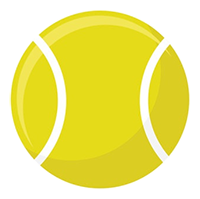 Upgrade now
Upgrade now
